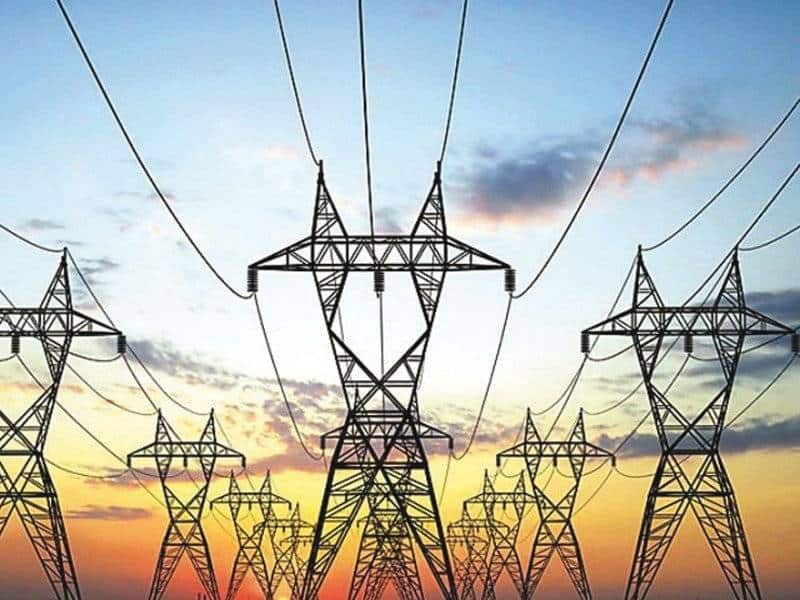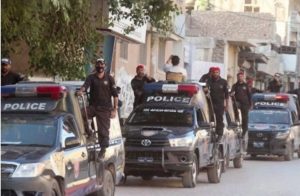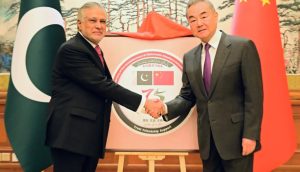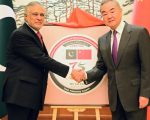ISLAMABAD – In response to widespread public outcry and potential political repercussions, the government has decided to retract its previous approval of a 51% increase in electricity rates for protected consumers, as part of a requirement from the International Monetary Fund (IMF).
The Prime Minister has instructed that a revised summary be expedited through the federal cabinet, which had previously approved the significant tariff hike for consumers using less than 200 units per month. Consequently, the National Electric Power Regulatory Authority (Nepra) has rescheduled its public hearing from July 8 to July 10 to allow for consideration of the revised summary.
Sources indicate that concerns were raised to the Prime Minister about the existing public frustration over accumulated bills due to Eidul Azha holidays and increased electricity consumption in the hot weather. This frustration has already led to incidents of violence against officials from distribution companies in certain areas.
Before departing for Quetta, the Prime Minister ordered modifications to the tariff increase summary, exempting protected consumers from the hike. By evening, the power division had circulated the updated summary. The government plans to cover the resultant Rs50 billion revenue gap through subsidies and innovative tariff setting.
The tariff hike, scheduled to take effect from July 1, 2024, for all ex-Wapda distribution companies (Discos) and K-Electric, was a “prior action and structural benchmark” under the IMF agreement. The public hearing by Nepra is largely a formality, as Nepra had already determined a 20% average increase in the uniform national tariff to ensure Rs3.8 trillion in revenue for the 10 Discos during the fiscal year 2024-25.
The initial tariff adjustment summary approved by the federal cabinet included a 51% increase for protected consumers using up to 100 units per month and a 41% increase for those using up to 200 units per month. This category includes over 15.5 million consumers.
Unprotected consumers, those who exceed 200 units even once in six months, were facing the highest increase of more than 43% (or Rs7.12) per unit, raising their cost to Rs23.6 per kilowatt-hour (kWh) for the first 100 units. Approximately 5.95 million consumers fall into this category. The next slabs of 101-200 and 201-300 units were to see increases of 31% and 27% respectively, bringing their rates to Rs30.1 and Rs34.25 per unit.
For higher consumption categories, from 300 units and above, the increase ranged from 14% to 22%, along with a new fixed capacity charge ranging from Rs200 to Rs1,000 per kilowatt. Agricultural consumers would also see a fixed capacity charge of Rs400 per kilowatt, with tariff increases between 19-44%.
Commercial, general services, industrial, and bulk consumers were to face a fixed capacity charge of Rs1,250 per kilowatt, a significant rise from the current Rs400-500 per kilowatt. However, the industrial tariff for the B1 category was to be reduced by 6-8%.
The power division noted that the proposed tariff would generate Rs3.5 trillion for 10 Discos in the current fiscal year, approximately Rs580 billion more than the previous year. Including an 18% GST, total revenue was projected to reach around Rs4.2 trillion, with further adjustments for monthly fuel charges and quarterly tariff adjustments.
The average national base tariff for this fiscal year, including for K-Electric, is now calculated at Rs35.50 per unit, up from Rs29.78 per unit last year. This would yield about Rs3.763 trillion in revenue for the Discos, compared to Rs3.28 trillion last year. The effective average national tariff is expected to be between Rs65 and Rs72 per unit after surcharges, taxes, duties, levies, and other adjustments.













